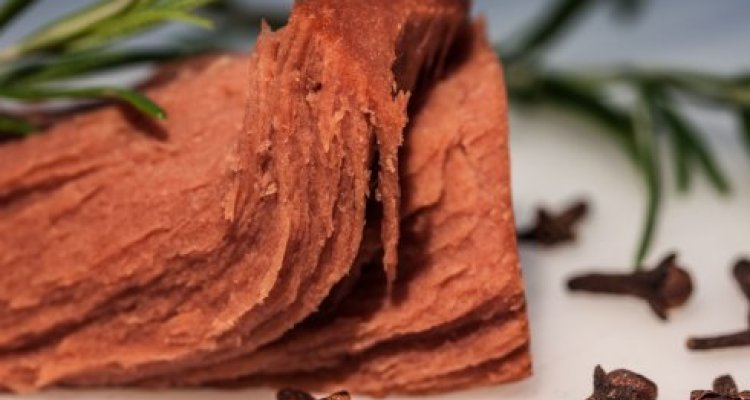
Project
Towards the use of pulses as ingredient for meat analogues
The demand for more sustainable food products is on the rise, originating from the consumers and the producers. Using structured plant protein to replace meat can help us meet our dietary needs without giving up the sensation of eating meat. To diversify the portfolio of ingredients suitable for meat replacers, pulses are studied regarding their properties concerning structuring in the shear cell. For my thesis, fababean has been chosen as the pulse to focus on. Since fababean, in contrast to better-known ingredients like soy, contains starch, the focus lies on protein-starch interactions. So far these have been seen as counterproductive interferences which limit protein functionality. It is part of my research to determine if starch generally has to be removed in order to create well-structured products from fababean. Therefore, I will investigate different fractions towards their interaction mechanisms. Additionally, I will study corn regarding protein-starch interactions. Corn contains zein, a more hydrophobic protein, which in comparison can help to identify different types of interactions between proteins and starch. In order to further improve sustainability, I will investigate how fractionation of pulse meals/flours by mild separation such as air classification or aqueous extraction differs from other common methods. The integration of ingredient production (fractionation) and product assembly (structuring) aims to reduce the use of energy, water and raw material even more.
My PhD is part of the Plant Meat Matters Project, more info can be found here:
https://www.wur.nl/en/Research-Results/kennisonline/AF16011-Plant-Meat-Matters.htm